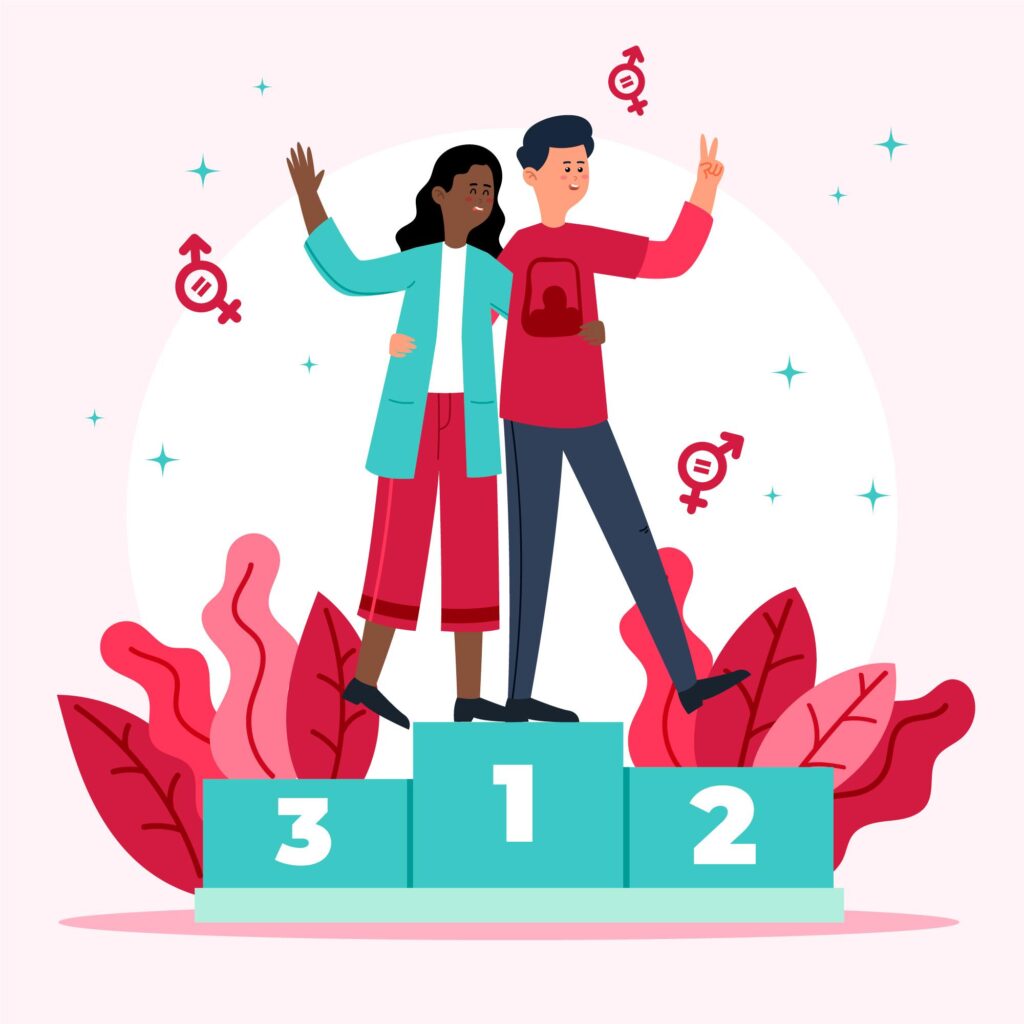Exploring the Intersectionality of Gender, Race, and Class in Social Justice Movements
Recognizing the intricate relationships between oppression and inequality is essential in the pursuit of social justice. Exploring the intersection of gender, race, and class enables us to comprehend the complex and unique struggles experienced by people navigating several oppressive institutions. By acknowledging and addressing these intersections within social justice movements, we can build a more inclusive and equitable system that benefits the entirety of our society.
The interconnection between diverse oppressive and discriminatory practices is made clear by intersectionality. Race, class, and gender all interact to determine people’s experiences; they are not independent variables, but instead intertwined dimensions of people’s identities. Understanding the intersections between these axes of identity helps us better comprehend the difficulties that people encounter, as well as the various tiers of privilege and disadvantage that exist in society. This awareness prompts us to address systemic injustices in a more comprehensive and inclusive manner.
In social justice movements, exploring intersectionality enables us to elevate the voices of those who are most marginalized. Traditional forms of action frequently give priority to issues that affect privileged groups, thus ignoring the stories of those who straddle many oppressed identities. We must reframe the conversation to include individuals whose voices have historically been ignored by adopting an intersectional lens. This inclusivity ensures that the movement reflects the diversity of lived experiences and empowers individuals to speak their truths, even if those truths may stray from the common narrative.

Understanding the intersectionality of gender, race, and class provides a holistic framework for addressing the root causes of inequality. By examining how these systems of oppression intersect, we can identify the interconnected mechanisms that perpetuate injustice. For instance, the experiences of women of color may differ significantly from those of white women or men of color due to the compounded effects of racism, sexism, and classism. By tackling these overlapping forms of discrimination, we can develop strategies that address the fundamental causes of inequality and promote long-lasting, revolutionary systemic change.
Within social justice movements, recognizing intersectionality makes coalition building easier and more successful. People and communities can build alliances that encourage solidarity and group action when they acknowledge the shared problems brought on by numerous overlapping identities. By working together across different dimensions of identity, social justice movements become more robust and better equipped to challenge systemic injustices. This collaboration allows for a more comprehensive analysis of societal issues, leading to more inclusive solutions.
An intersectional approach to social justice emphasizes the importance of developing inclusive policies and practices. We can develop solutions that cater to the particular needs of diverse communities when we are aware of the overlapping experiences that people have at the intersections of gender, race, and class. Policies that acknowledge and dismantle systemic barriers faced by marginalized groups can promote equal access to education, employment, healthcare, and other essential resources. In doing so, we create a more equitable society that ensures everyone has an equal opportunity to thrive and fundamentally—to live.
Conclusively, exploring how gender, racism, and class intersect within social justice movements is crucial for creating a society that is more inclusive and equitable. We can magnify the voices of the oppressed, address the underlying causes of prejudice, forge stronger alliances, and advance inclusive policies and practices by realizing the many ways in which oppression and inequality can overlap. In essence, we can comprehend the distinctive experiences and difficulties faced by people who intersect with several marginalized identities by using the lens of intersectionality. By adopting this paradigm, we may pave the way for a society that respects diversity, promotes equality, and recognizes the range and richness of various human experiences.
Published on July 3, 2023.
Stay tuned for new blogs every Monday! 😀
Follow the iMPACT Magazine on social media for more informative content.






